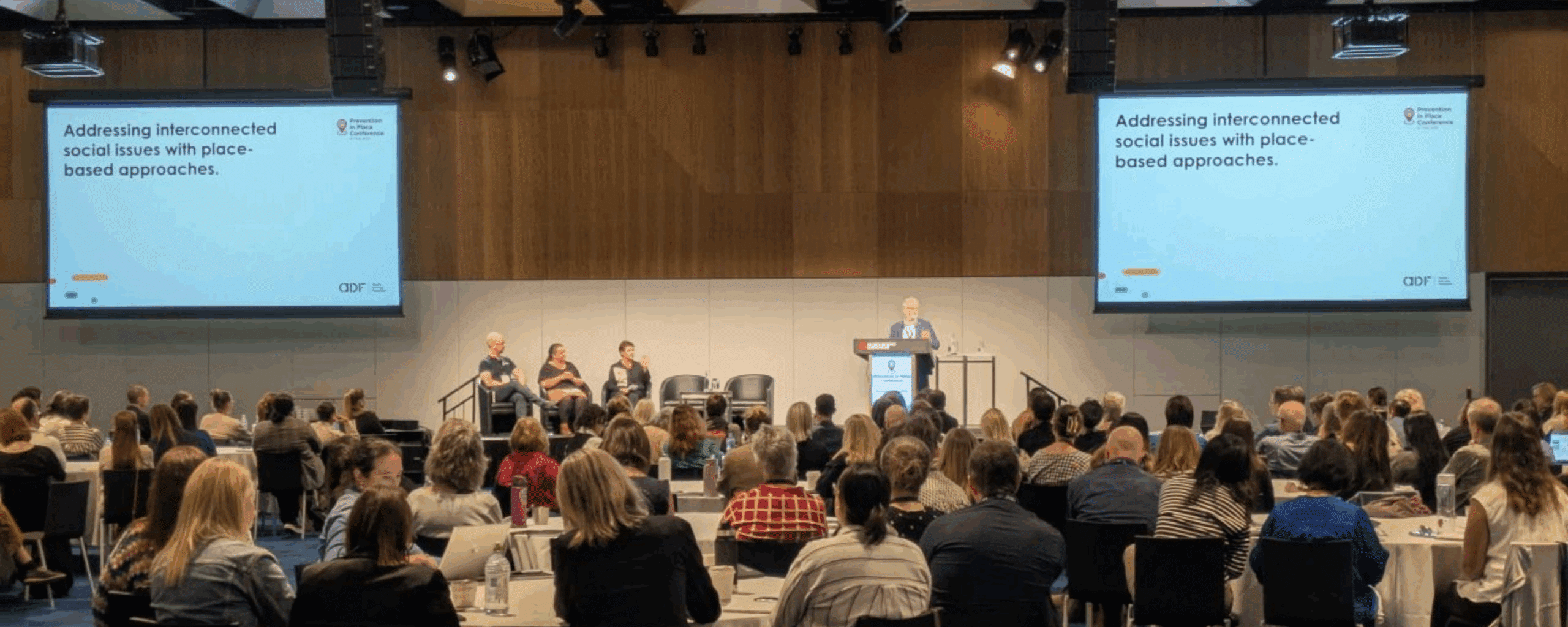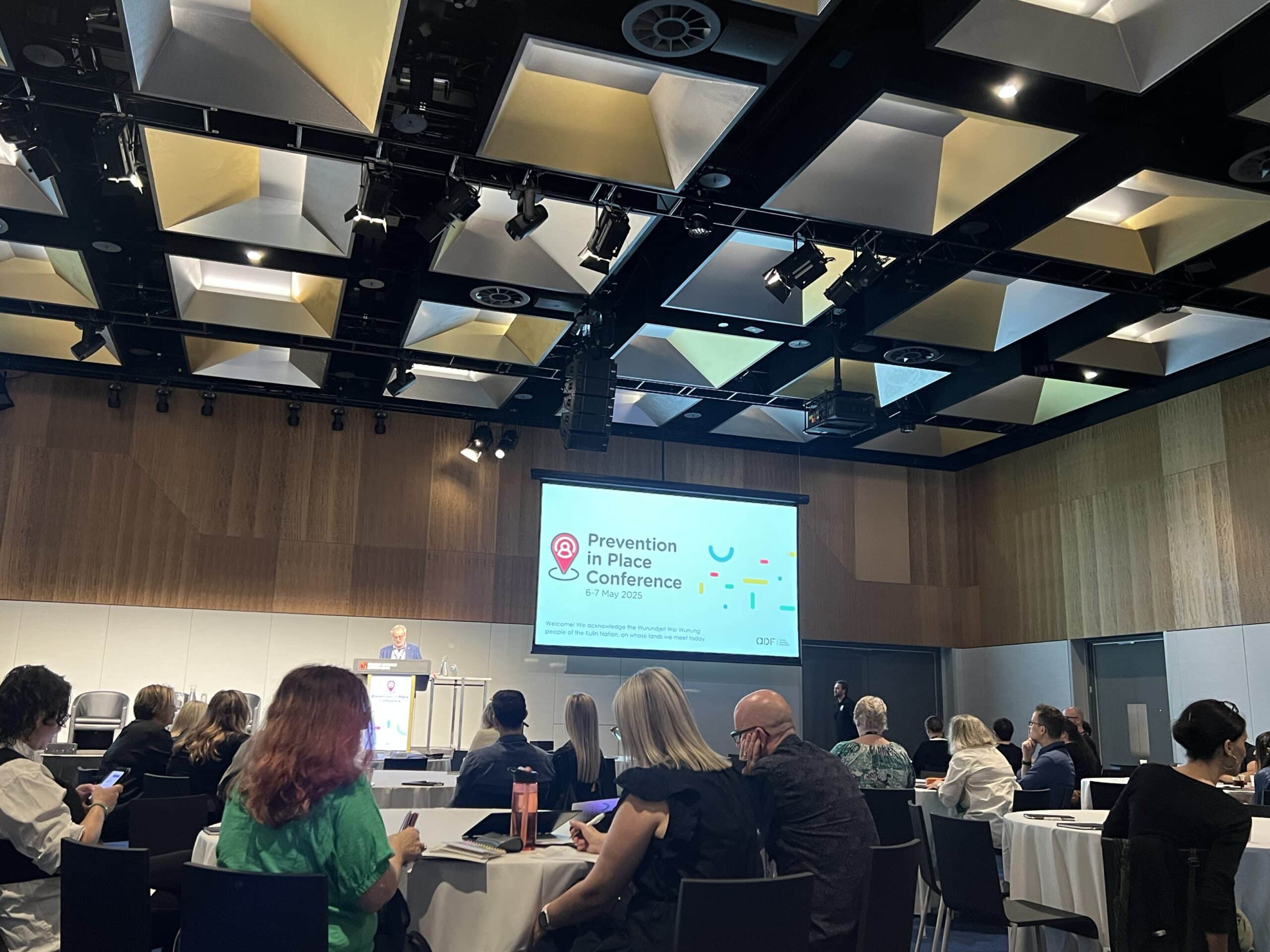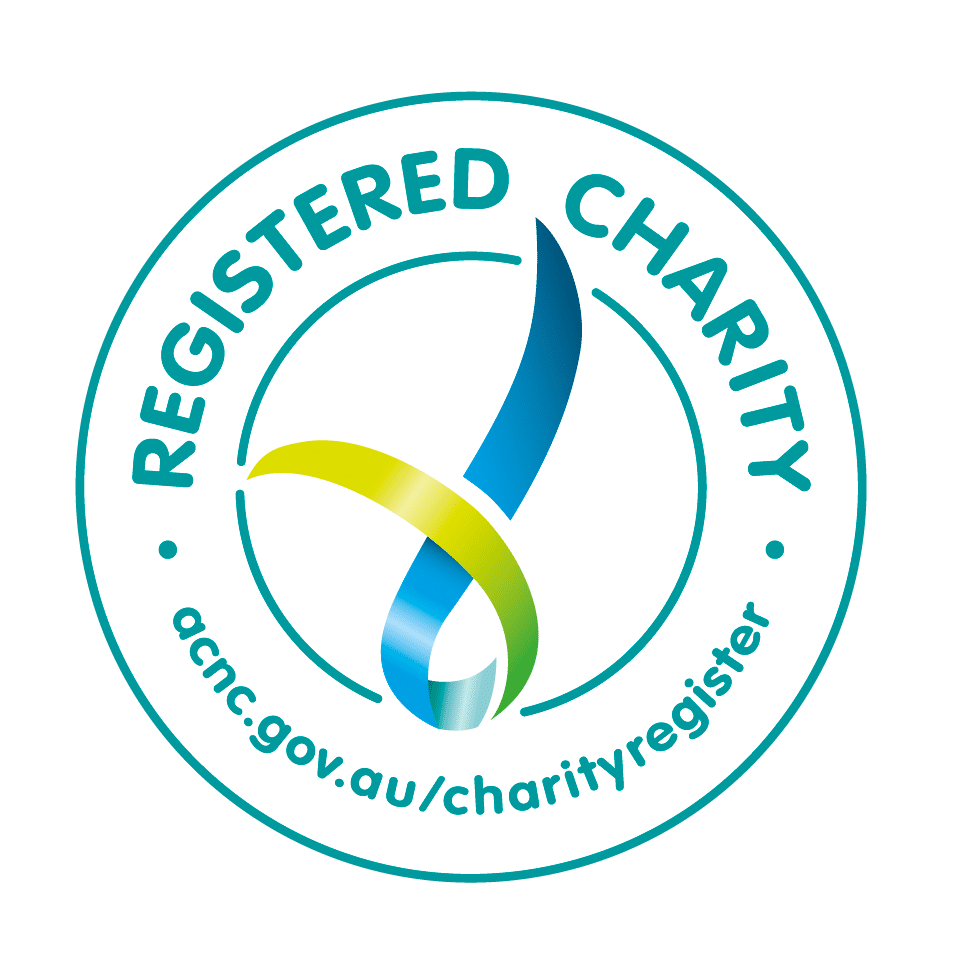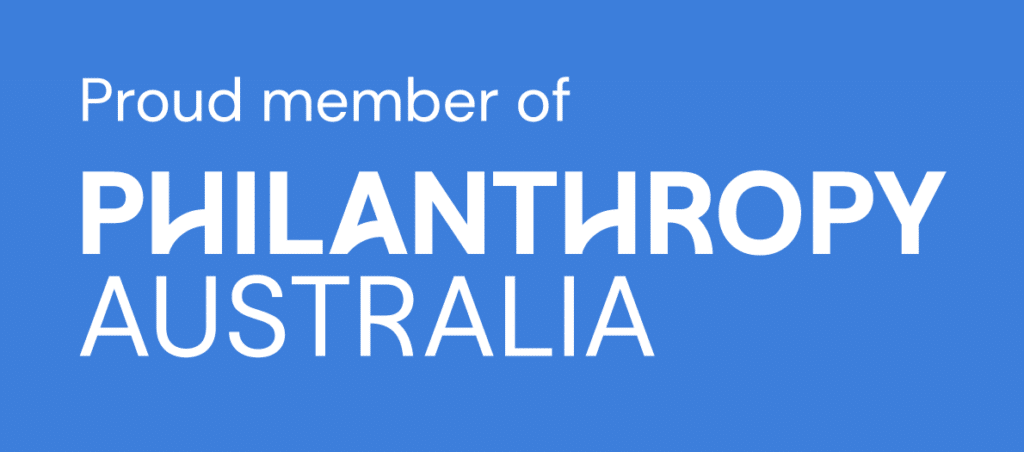“Prevention is a powerful tool – it addresses the drivers of disadvantage and helps create environments where people can thrive before problems take root,” said Dr Erin Lalor AM, CEO of the Alcohol and Drug Foundation (ADF), setting the tone for what would be two transformative days of learning and connection.
Earlier in May, I had the privilege of attending the Prevention in Place Conference alongside our CEO Karen Elliff at the Melbourne Convention and Exhibition Centre. Among nearly 300 community health leaders and innovators from across Australia, we immersed ourselves in conversations about how place-based approaches can strengthen prevention efforts and address complex social issues.
The Power of Place-Based Approaches
The conference centred on place-based approaches – strategies that recognise communities as unique ecosystems with their own strengths, challenges, and solutions. This framework resonated deeply with our work at Sir David Martin Foundation, where we help young people in crisis by enabling best practice models of treatment for youth drug and alcohol addiction.
Dr Luke Craven from PLACE, Associate Professor Therese Riley from Mitchell Institute, and Kerry Jones from The Australian Centre for Social Innovation opened with compelling insights about how social issues interconnect within communities. Their collective wisdom highlighted that drug and alcohol challenges don’t exist in isolation – they’re woven into the fabric of housing stability, economic opportunity, and social connection.
This perspective validates what we’re seeing in the youth addiction programs we support. Young people experiencing addiction often navigate complex lives where multiple factors influence their wellbeing and recovery journeys.
Collaboration as the Cornerstone of Change
The session on “Building Sustainable Change” brought together voices from VicHealth, Hands Up Mallee, Inala Primary Care, and Collaboration for Impact. Their experiences demonstrated how strategic partnerships can transform prevention efforts when organisations step outside traditional boundaries.
Jane McCracken’s work with Hands Up Mallee showed the power of deep community engagement and long-term commitment. These aren’t quick-fix strategies – they’re patient investments in relationships and systems that ultimately create more resilient communities – and young people.
Reflecting on our work at the Foundation, these insights demonstrate the importance of providing safety, hope and opportunity to young Australians through comprehensive support systems that recognise recovery as a journey, not a single intervention.
The Power of Evidence-Based Approaches
The presentations on innovative evaluation and data-informed decision making provided valuable insights. Dr Skye McPhie from the ADF and experts from the Centre for Evidence and Implementation offered practical frameworks for measuring impact while honouring the complexity of community contexts.
Professor Sharon Goldfeld’s work with the Murdoch Children’s Research Institute demonstrated how thoughtful data collection can reveal patterns and opportunities we might otherwise miss, especially when working with young people.
These sessions inspired us to think more critically about how we evaluate our programs and the metrics that truly matter when supporting young people’s recovery journeys.
Breaking Down Silos, Building Up Communities
Day two’s interactive “Action Stations” created valuable opportunities to move between conversations about systems thinking, evaluation methodologies, capacity building, and data analysis. Karen and I split up to cover more ground, gathering insights to bring back to our team.
This format reinforced how these elements must work together in effective prevention. At Sir David Martin Foundation, we’ve seen firsthand how housing stability, educational opportunities, social connections, and mental health support all influence recovery outcomes for young people.
Moving Forward with New Perspectives
What’s clear from the conference is that addressing drug and alcohol issues effectively means understanding broader social determinants of health. Rather than viewing challenges in isolation, we need to see them as part of complex systems where multiple factors interact.
As Dr Lalor emphasised: “For alcohol and other drug harm, prevention means addressing the root causes like disconnection, trauma and stigma, and investing in evidence-based strategies that strengthen protective factors, particularly for young people.”
This perspective feels especially relevant as we return to our work supporting vulnerable young Australians. The connections made with others working on similar challenges will undoubtedly strengthen our efforts to break the devastating cycle of addiction through best-practice models of treatment.
The Prevention in Place Conference was a powerful reminder that though our work is challenging, we’re part of a nationwide community of dedicated professionals creating meaningful change. As a family foundation, we remain passionately committed to helping young people in crisis by providing them with safety, hope, and opportunity – and by collaborating with others to create lasting change for future generations.
What are Place-Based Approaches?
Place-based approaches recognise that communities are unique ecosystems with their own distinct strengths, challenges, and resources. Rather than implementing one-size-fits-all solutions from the outside, these approaches:
- Work within communities to develop locally relevant interventions
- Address interconnected social issues within defined geographic areas
- Empower local stakeholders to identify needs and co-design solutions
- Coordinate services and resources to build on existing community strengths
- Focus on sustainable, systemic change through collaborative partnerships
In the context of drug and alcohol prevention, place-based approaches look at the specific environmental, social, and economic factors that influence substance use in a particular community and develop tailored strategies that respond to those unique conditions.

